From the Instructor Hive Mind: Top 10 Study Tips for Acing A&P
Posted on 2/21/18 by Suchita Chadha
Check out our new and improved study tip blog post, Study Smarter with These Three Strategies!
It’s nearing the end of February, which means midterms are coming up fast and it’s officially too late to use the “I’m still in holiday-mode” excuse. To help you overcome the midterm mayhem, we wanted to give you some solid study tips…so we asked more than 200 A&P instructors for theirs. To sweeten the deal, we asked a couple of those instructors how they feel about this compiled checklist.
Jane Langston is a teacher at Amatsu Training School Ltd., which she established in 2005. She co-authored the book Making Sense of Learning Human Anatomy and Physiology with Earle Abrahamson, a senior lecturer at the University of East London. Their book addresses the need for better learning skills in A&P and gives ideas for both teachers and students to succeed in A&P education.
“The Visible Body checklist for good learning practices for A&P is a perfect summary of what is needed as most students do not fully understand the best way to learn,” says Langston.
10 – Get yourself a study group.
Bonus points if you can team up with the best notetakers in the class. Send each other marked up diagrams and help each other review. In his classes, Abrahamson found that the best technique was “encouraging students to design their own flash cards and to share their knowledge with their colleagues.”
Even if you must miss a week of class because of the flu, a good study group will keep you up to date while you recover or bring you up to speed once you return.
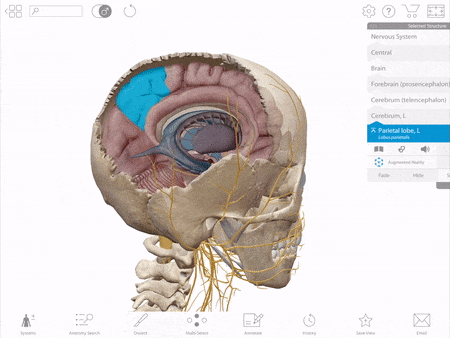
In Human Anatomy Atlas, you can make notes onto any view and save them for later.
9 – Actually read your assignments.
A bit obvious, but we know it’s tempting to skip the assigned readings. This isn’t the kind of material you can improvise; trying to read everything the night before the exam won’t give you time to actually absorb the material.
8 – Visualize what you read.
You can draw it yourself if you’re feeling artsy, or just take a look at 3D models and videos.
Both Langston and Abrahamson use Visible Body apps to allow their students to explore the human body in 3D. According to Langston, “[Visible Body apps] give good spatial awareness of what is in front, behind, or beside other structures. Looking at the structures in a book gives a rather simplistic two-dimensional view, which is insufficient for extended [or advanced] learning.”
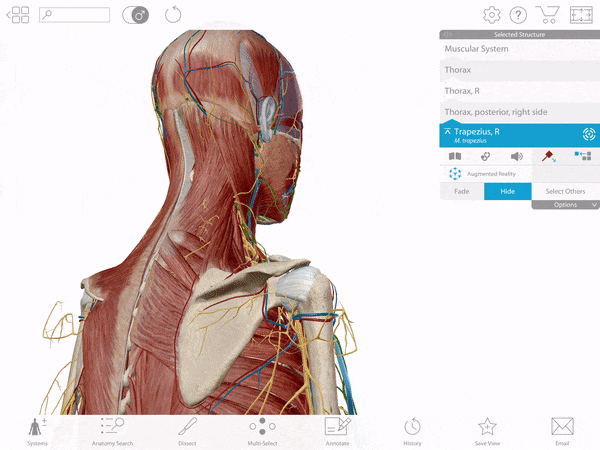
Manipulate and isolate structures in Human Anatomy Atlas.
7 – Study in bursts, not binges.
Binging is for Game of Thrones and Harry Potter. For your A&P study plan, eight 30-minute spurts of studying are way better than a 4-hour cram session. Having notes on your phone will make it even easier to review while you’re on the bus or waiting for takeout.
6 – Apply what you’re learning.
Start with your own anatomy and physiology: locate your bones and muscles, notice your breathing, and keep track of your heart rate.
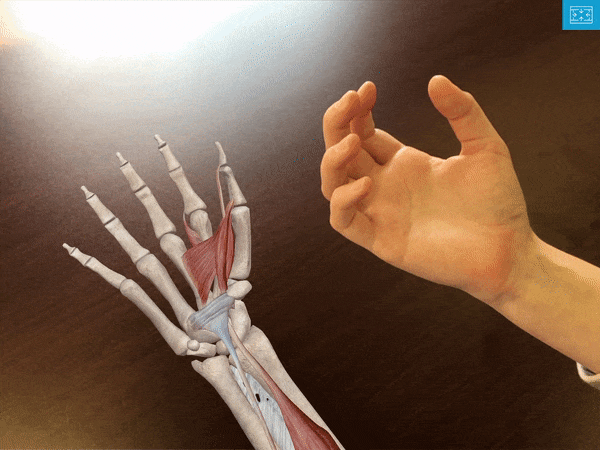
Using the AR feature in Human Anatomy Atlas, you can see yourself moving alongside a moving skeleton.
5 – Put in the time.
There’s no way around it: A&P will eat up a disproportionate chunk of your semester. Make a study plan and commit to it. Netflix will wait.
4 – Have a daily routine.
Set a reminder on your phone, make checklists to track your progress, and reward yourself when you finish.
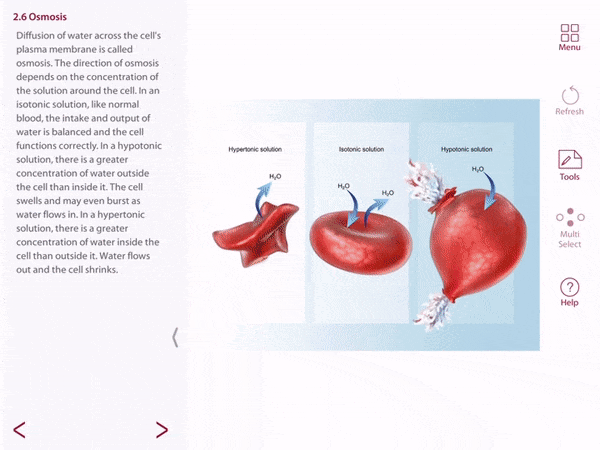
Anatomy & Physiology has a built-in checklist for you as you make your way through the chapters.
3 – Mix it up!
Use a variety of sources and study techniques. Read, watch videos, take quizzes, draw anatomical structures, and color them in. The more channels into your brain, the better the flow.
“Be prepared to change [your] learning methods, and experiment with other ways of learning, rather than ‘read, write, and recite,’” says Langston. “Creativity is key, and multi-sensory methods are the most successful.”
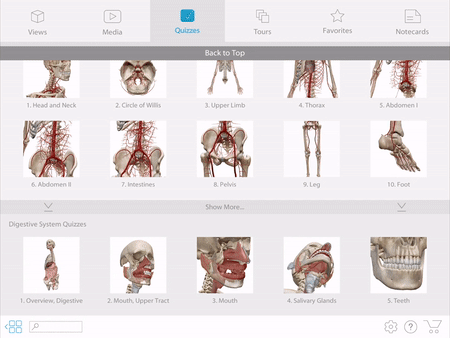
The practice quizzes in Human Anatomy Atlas are perfect for reviewing the locations of important structures.
2 – Try and explain what you’ve studied.
Don’t just memorize—make sure you understand. Remember that study group you joined? Suggest a teaching circle with each person explaining one concept. You could also give your parents a rundown about bone composition or teach your cat about the digestive system.
Jane Langston adapted this method for the classroom, asking her students to write exam questions. “By encouraging [students] to step into the role of teacher and examiner, they approached the examination question from a different standpoint.”
1 – Repetition and review is critical.
Don’t think that learning it once means learning it for good. Repetition and review is critical. Don’t think that learning it once means learning it for good. Repetition and review is critical. Don’t think that learning it once means learning it for good…
These tips and methods aren’t difficult or complicated—they just require effort. If there’s just one thing you remember from this article, this should be it: the key to doing well is learning how to learn. You might find that digital notes are better than analog, or that you prefer some combination of the two. Invest some time in figuring out your system and then your goal of doing well in A&P will be less daunting.
Keep these A&P study tips on hand!
____________________________________________________________
Be sure to subscribe to the Visible Body Blog for more anatomy awesomeness!
Are you an instructor? We have award-winning 3D products and resources for your anatomy and physiology course! Learn more here.




